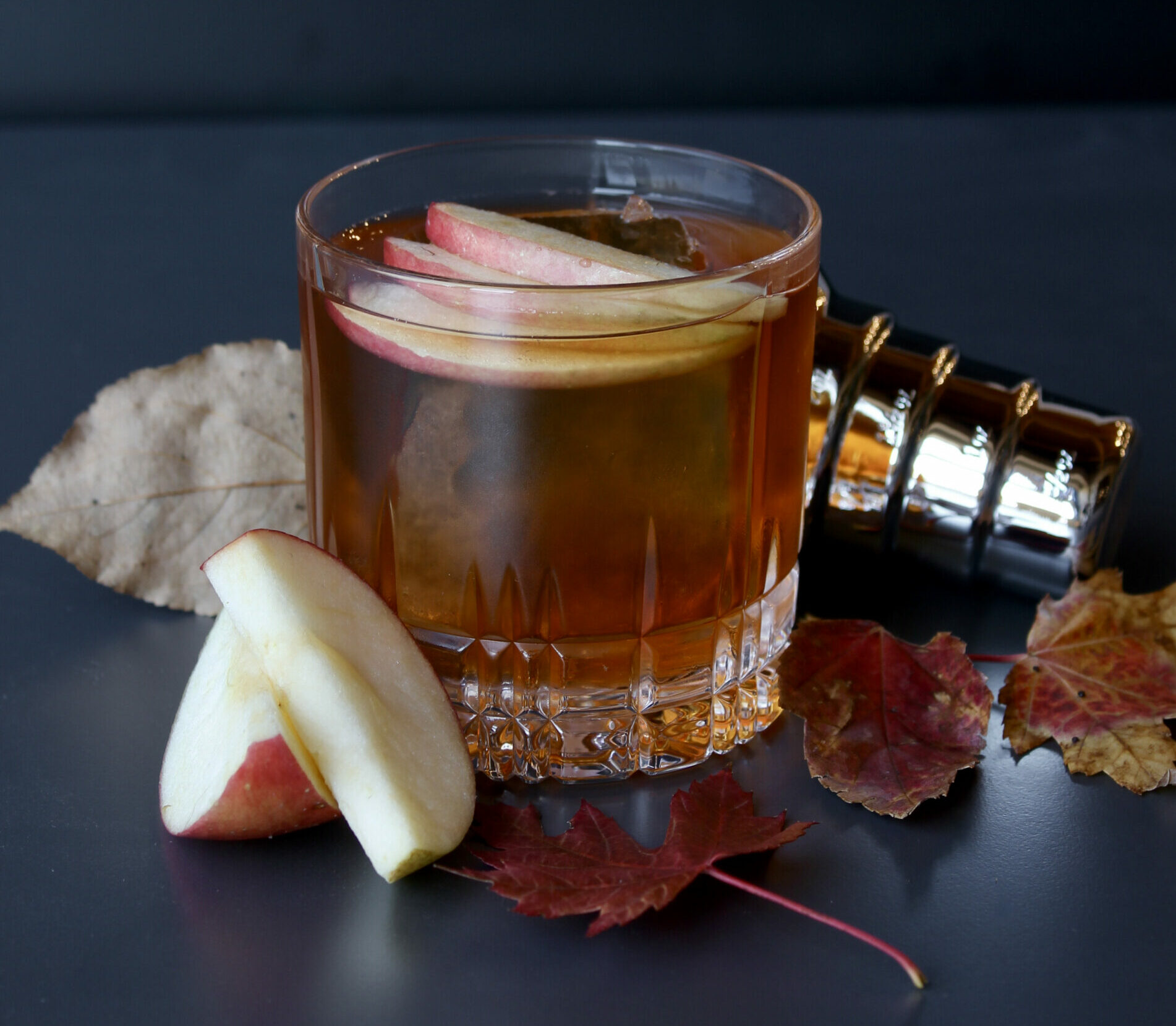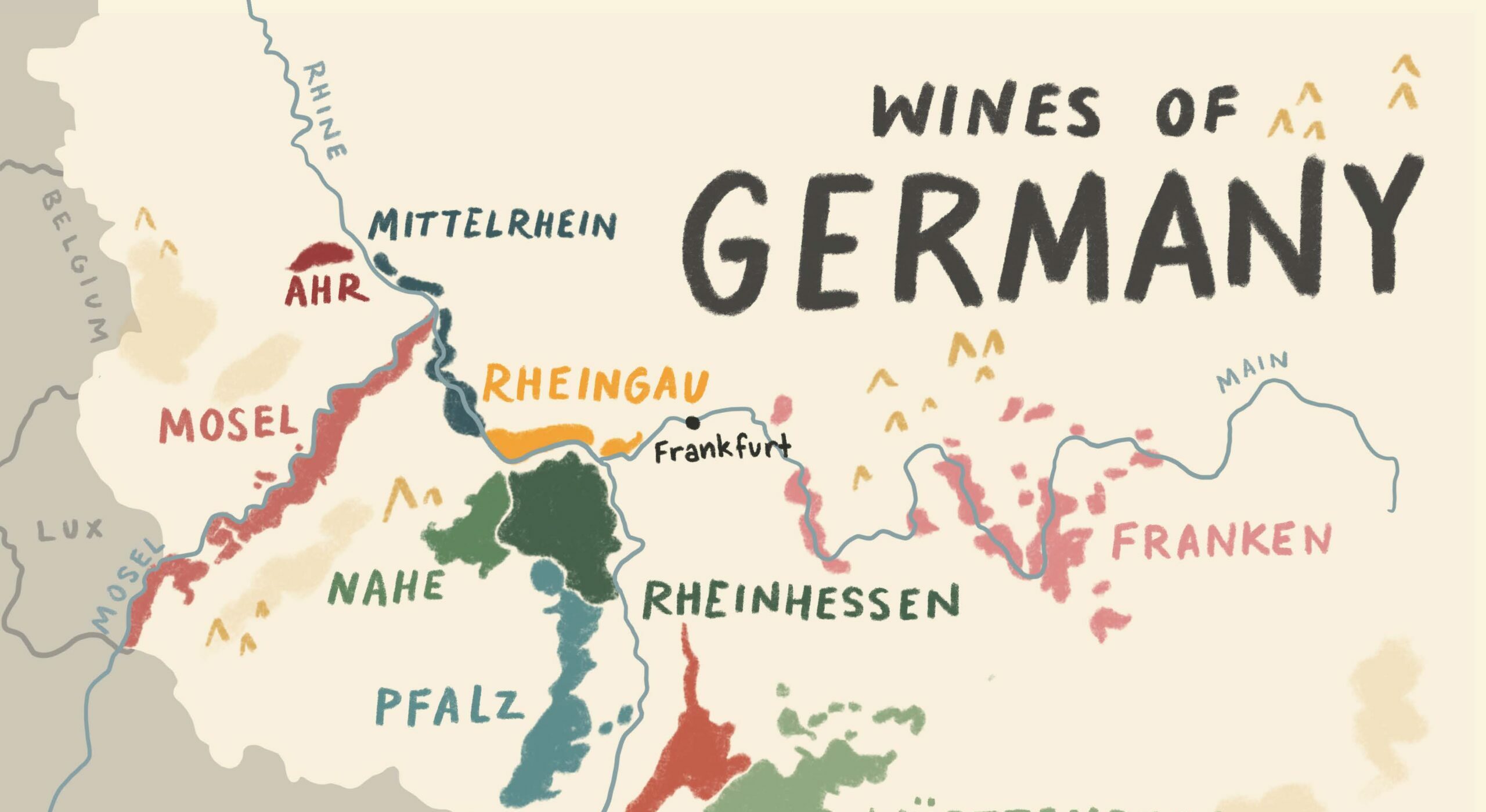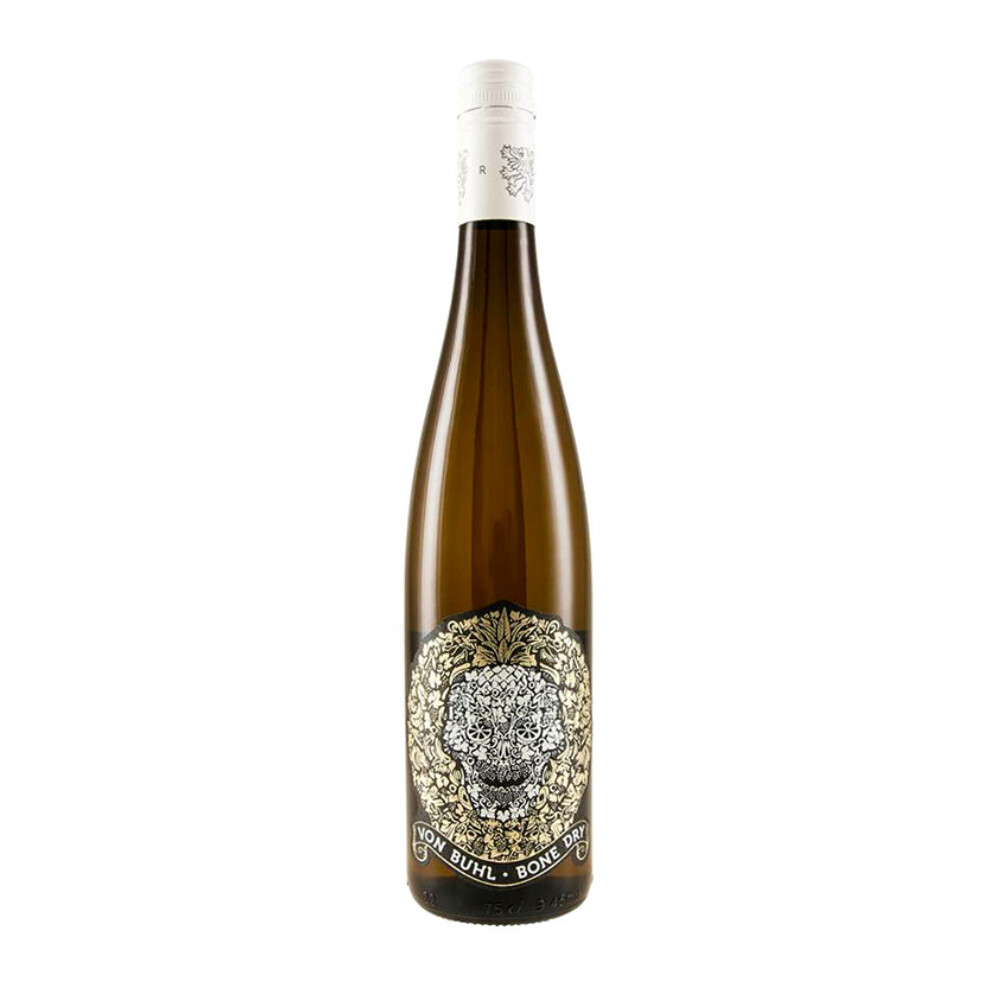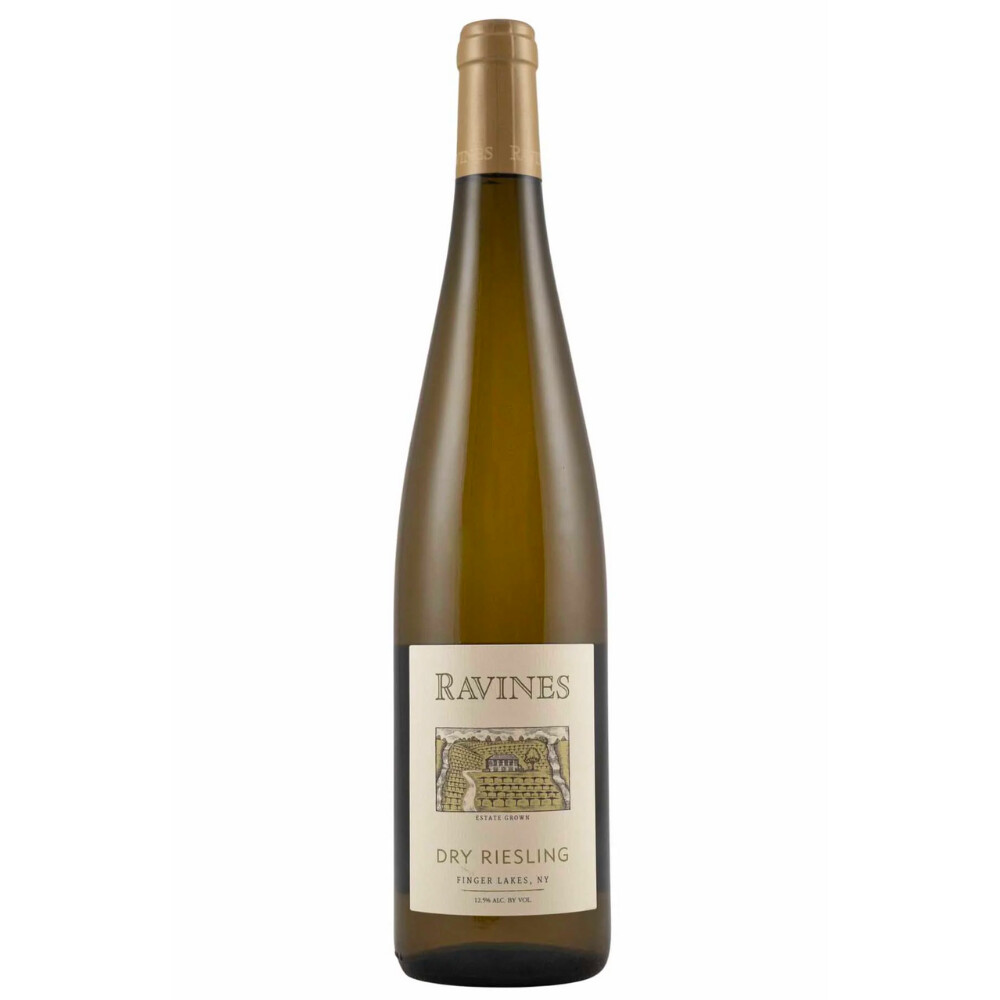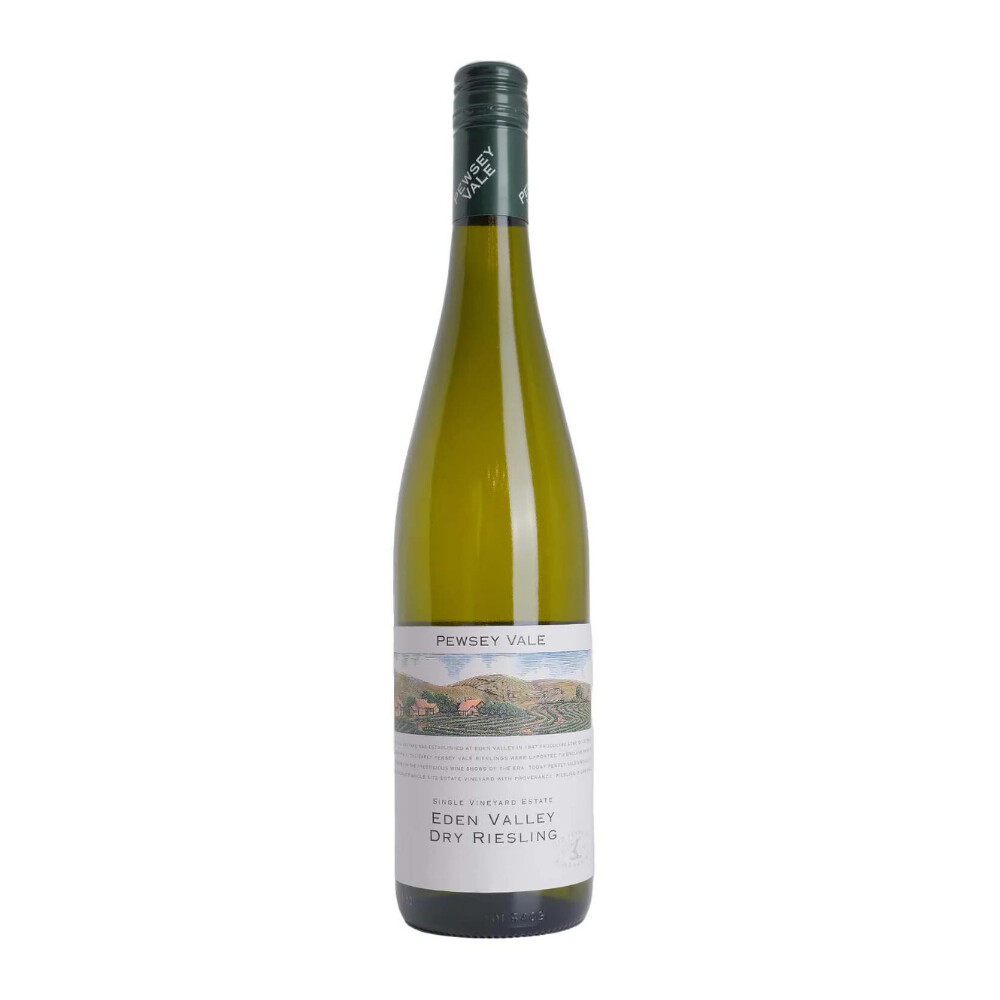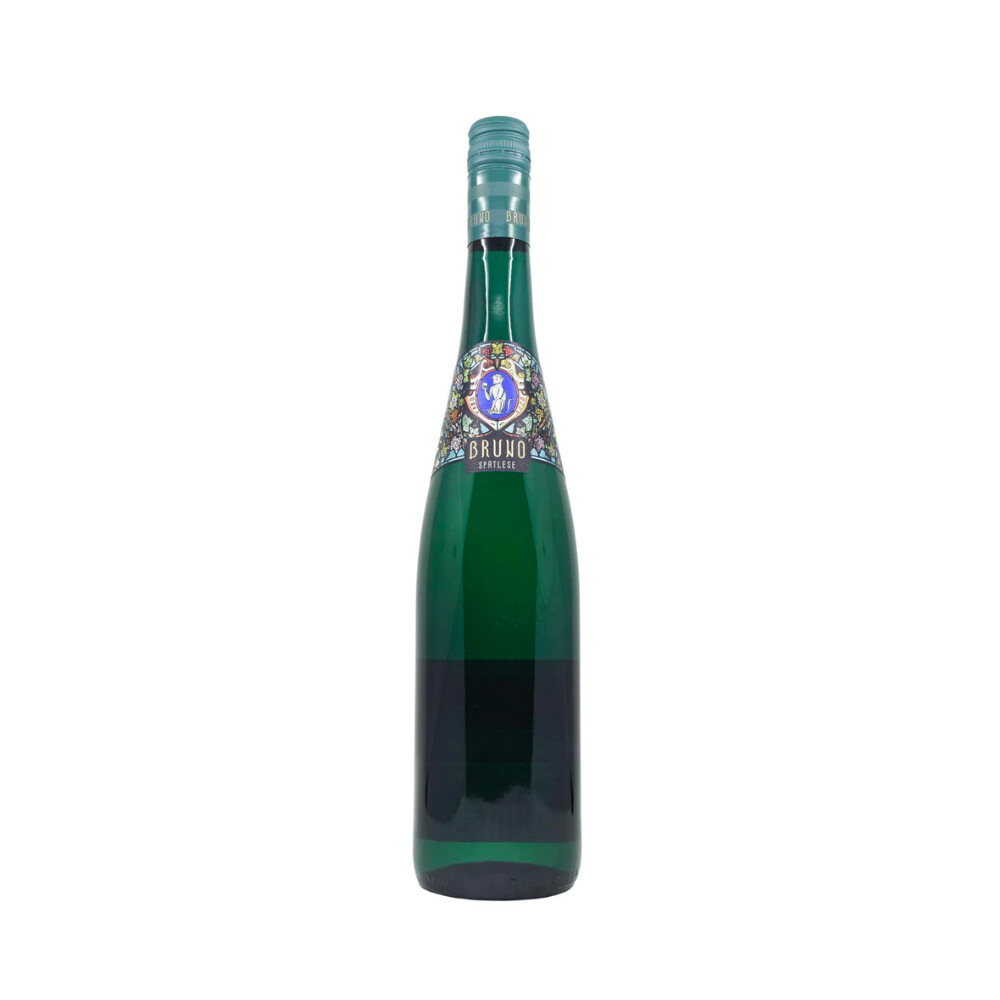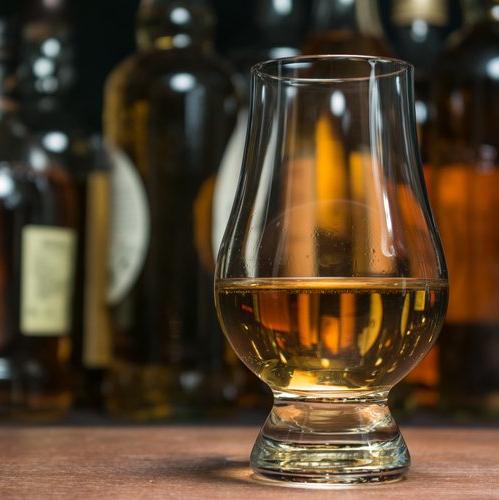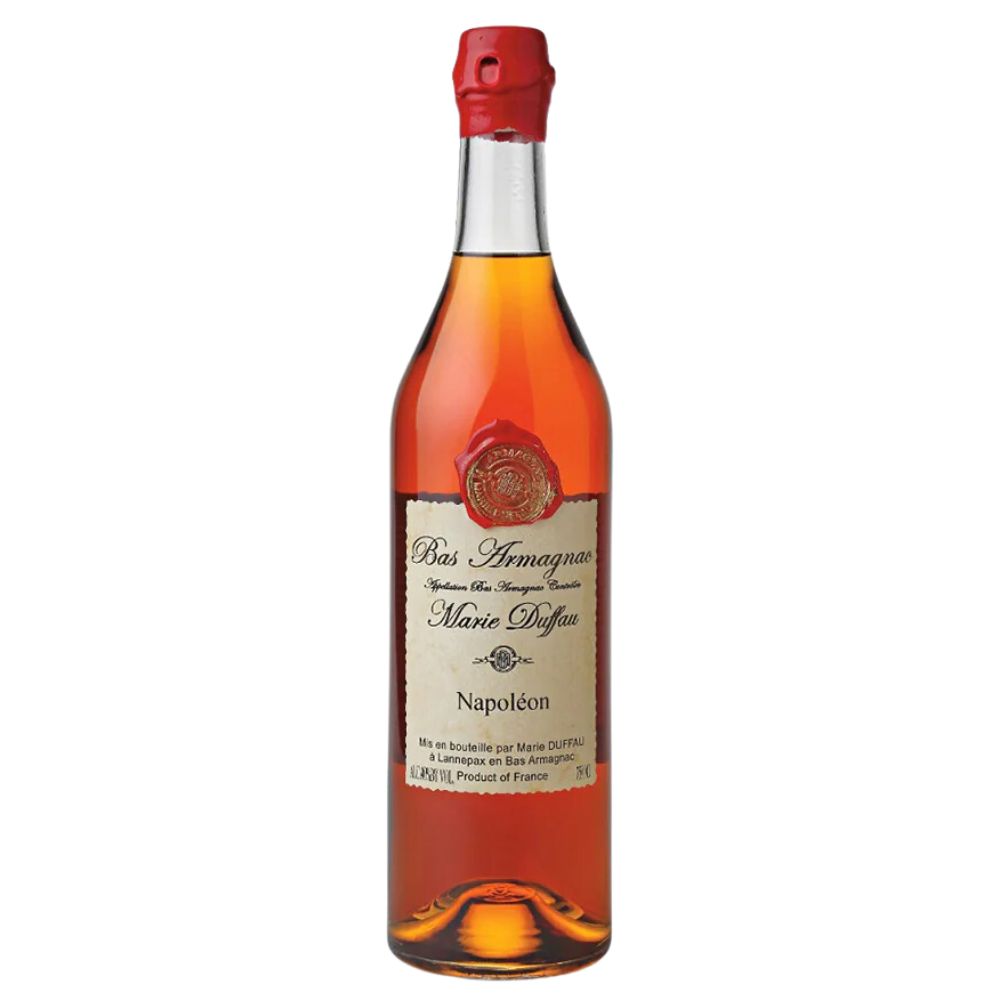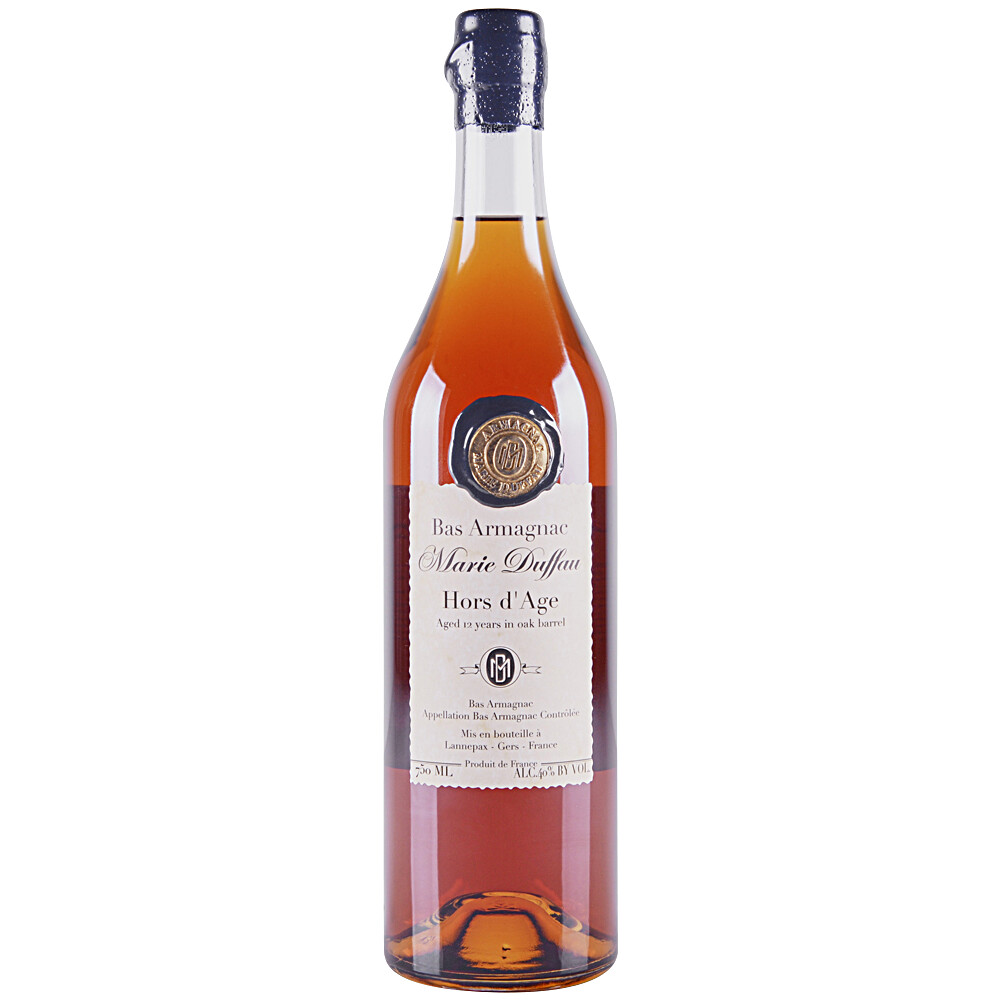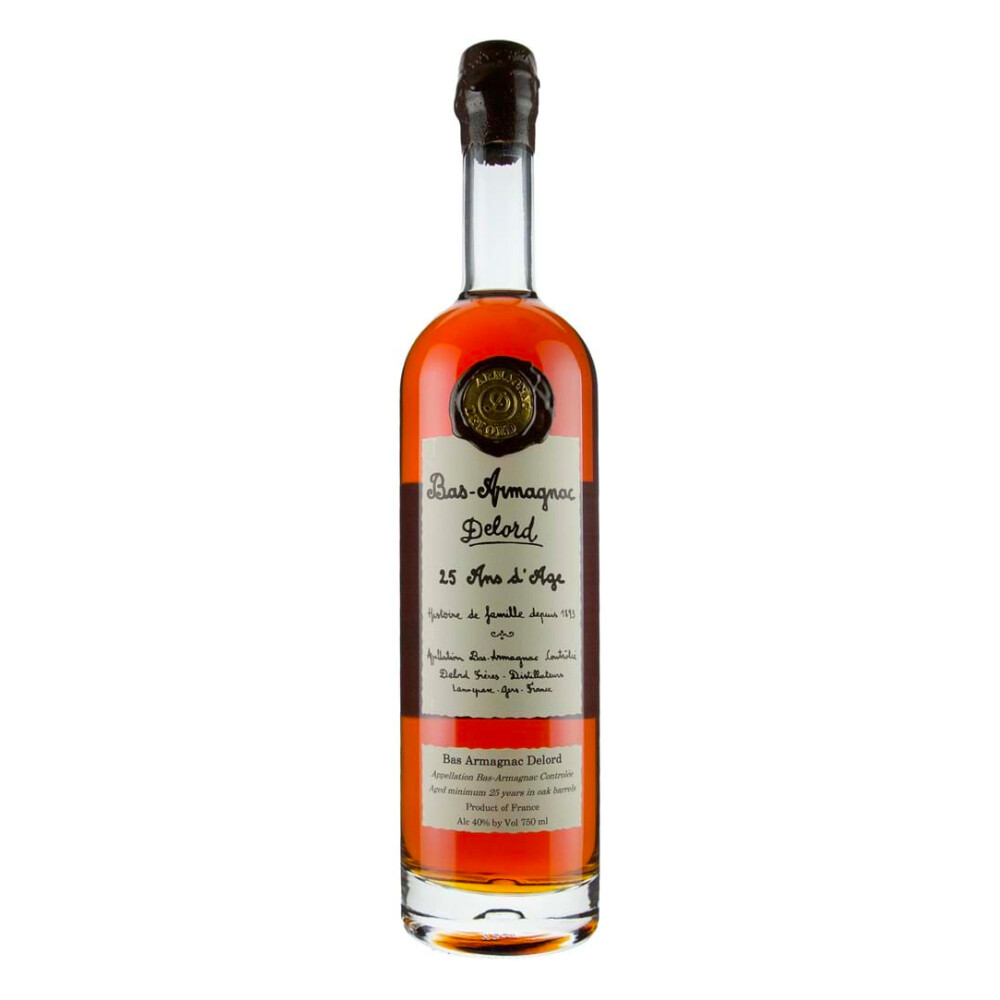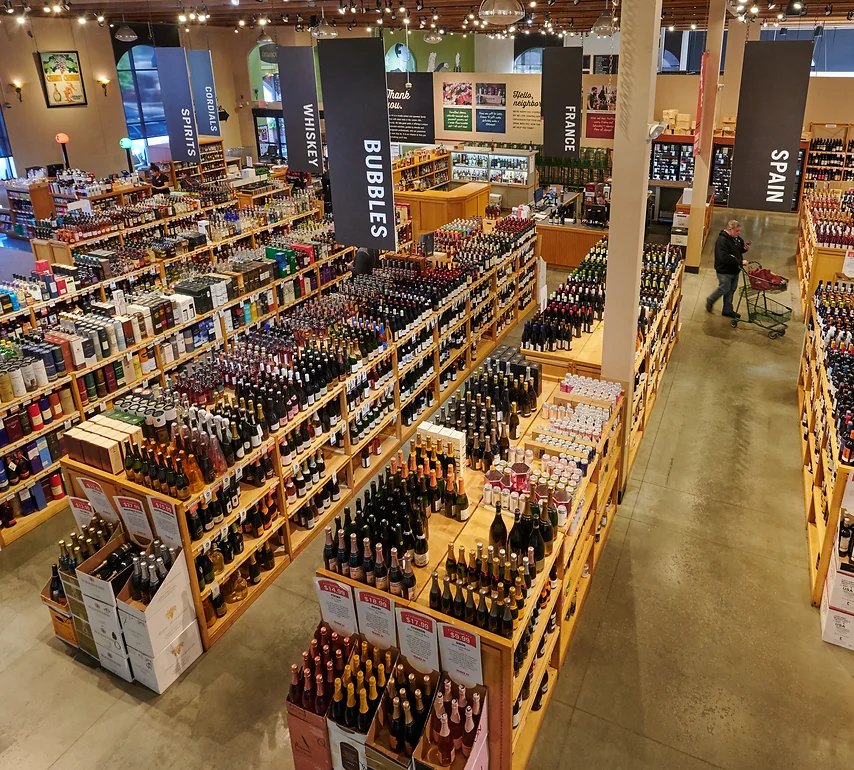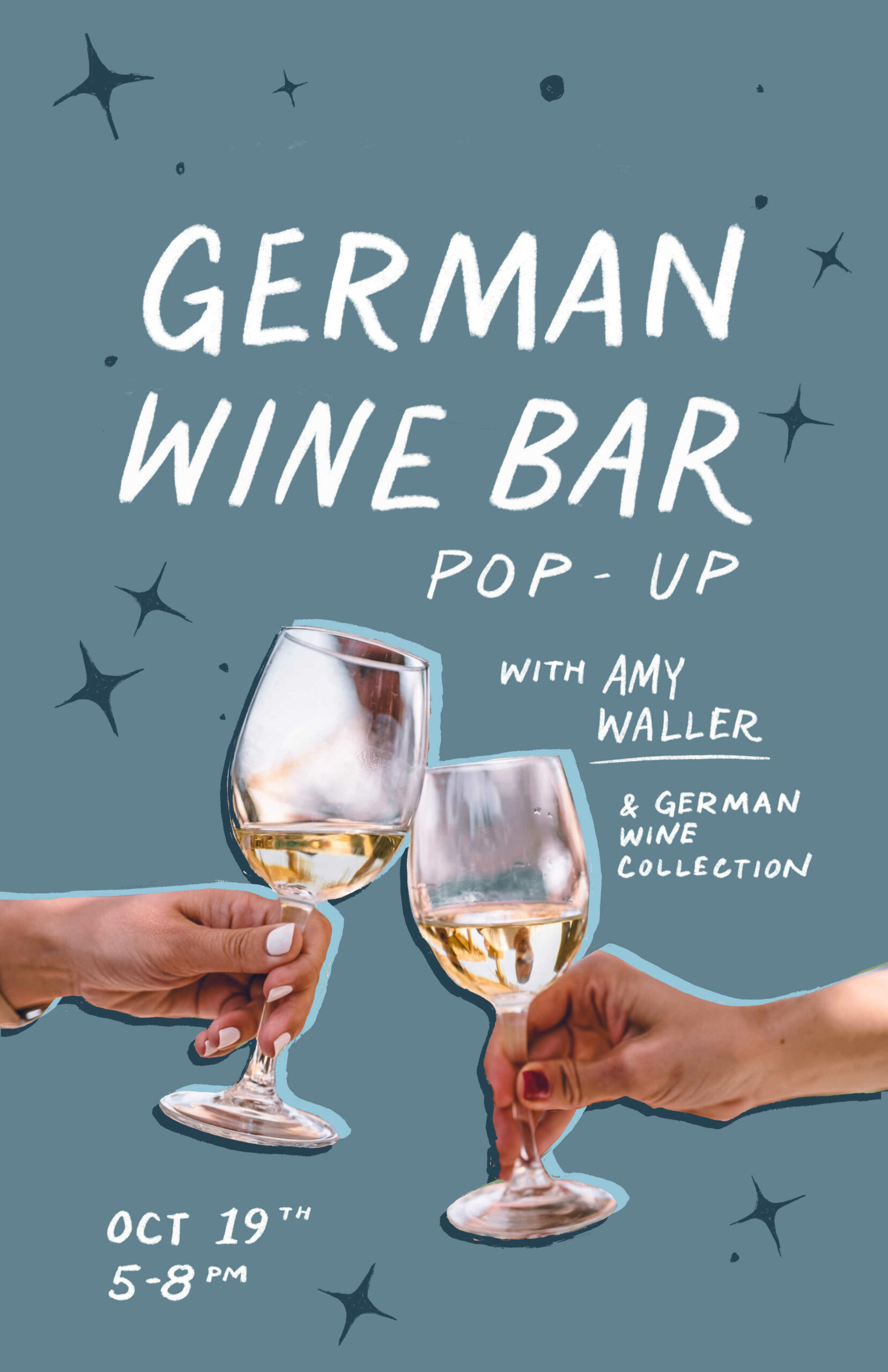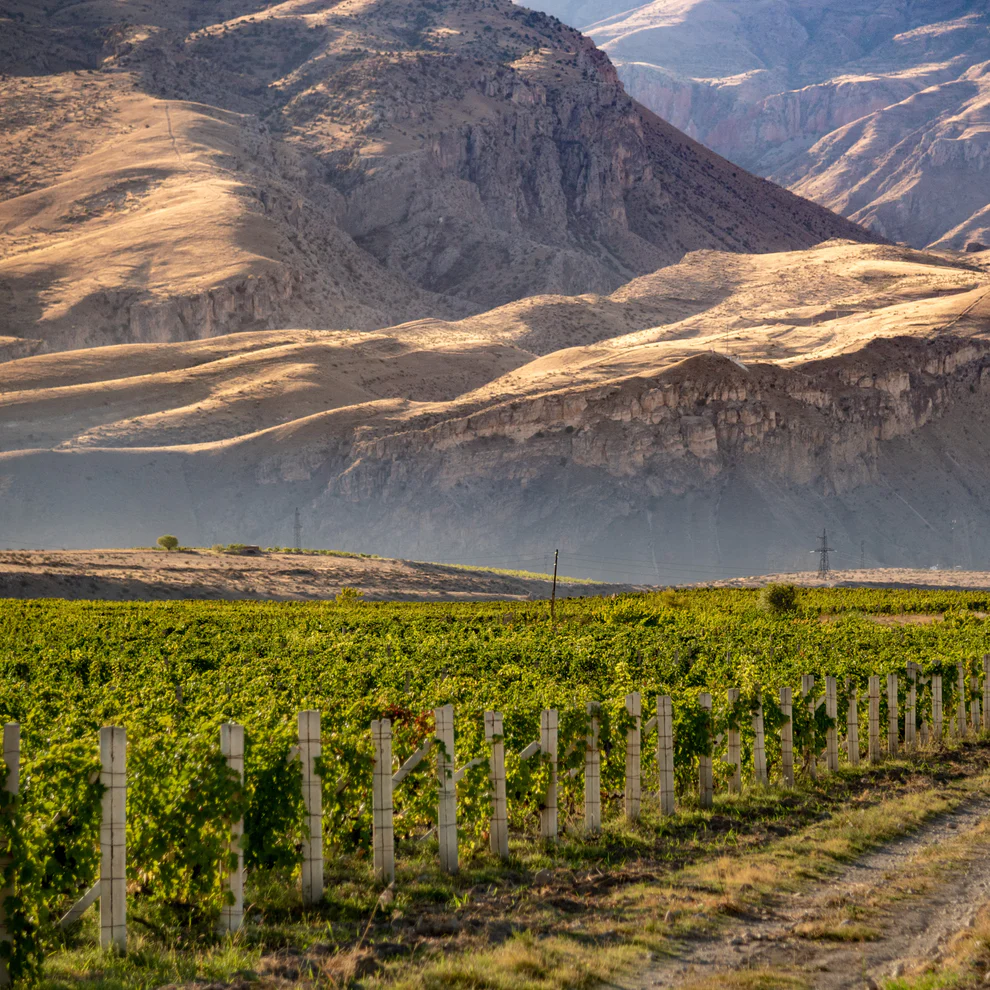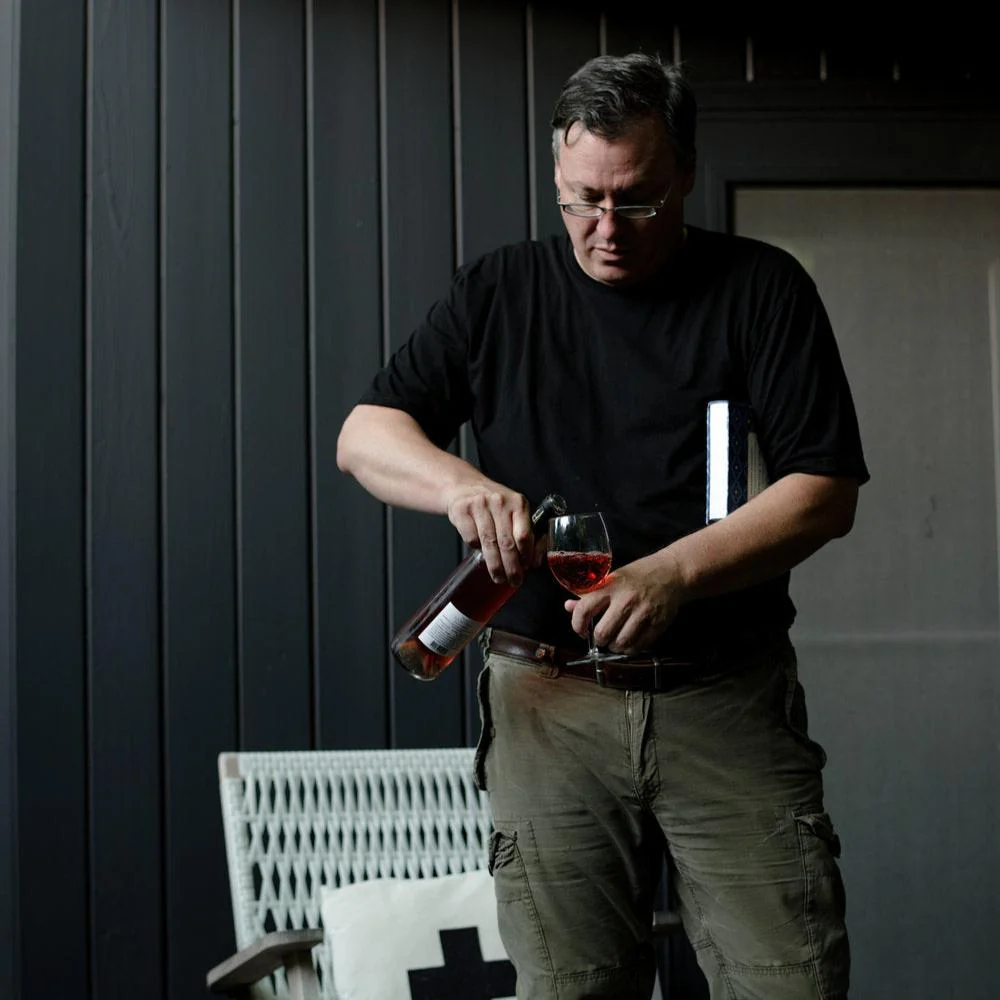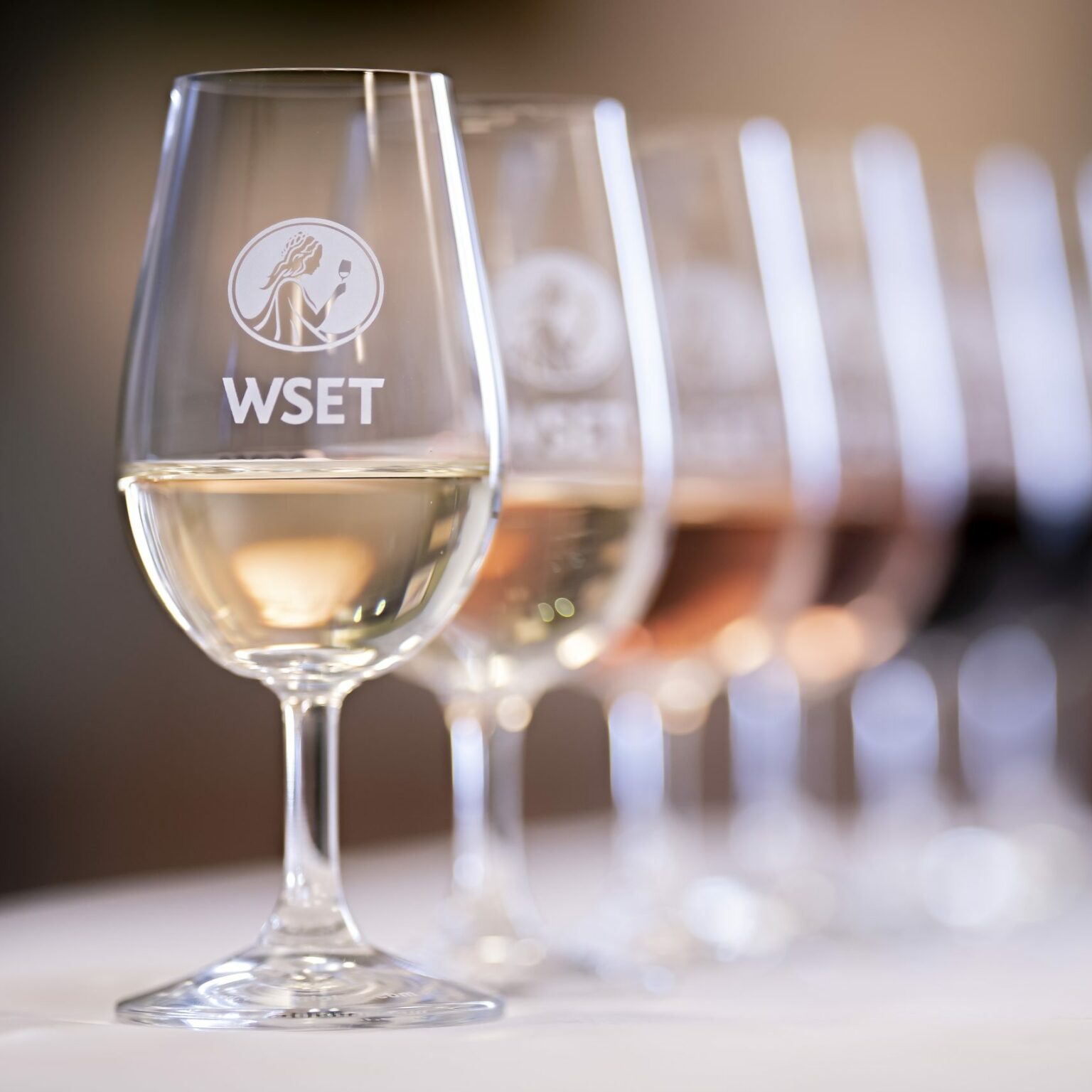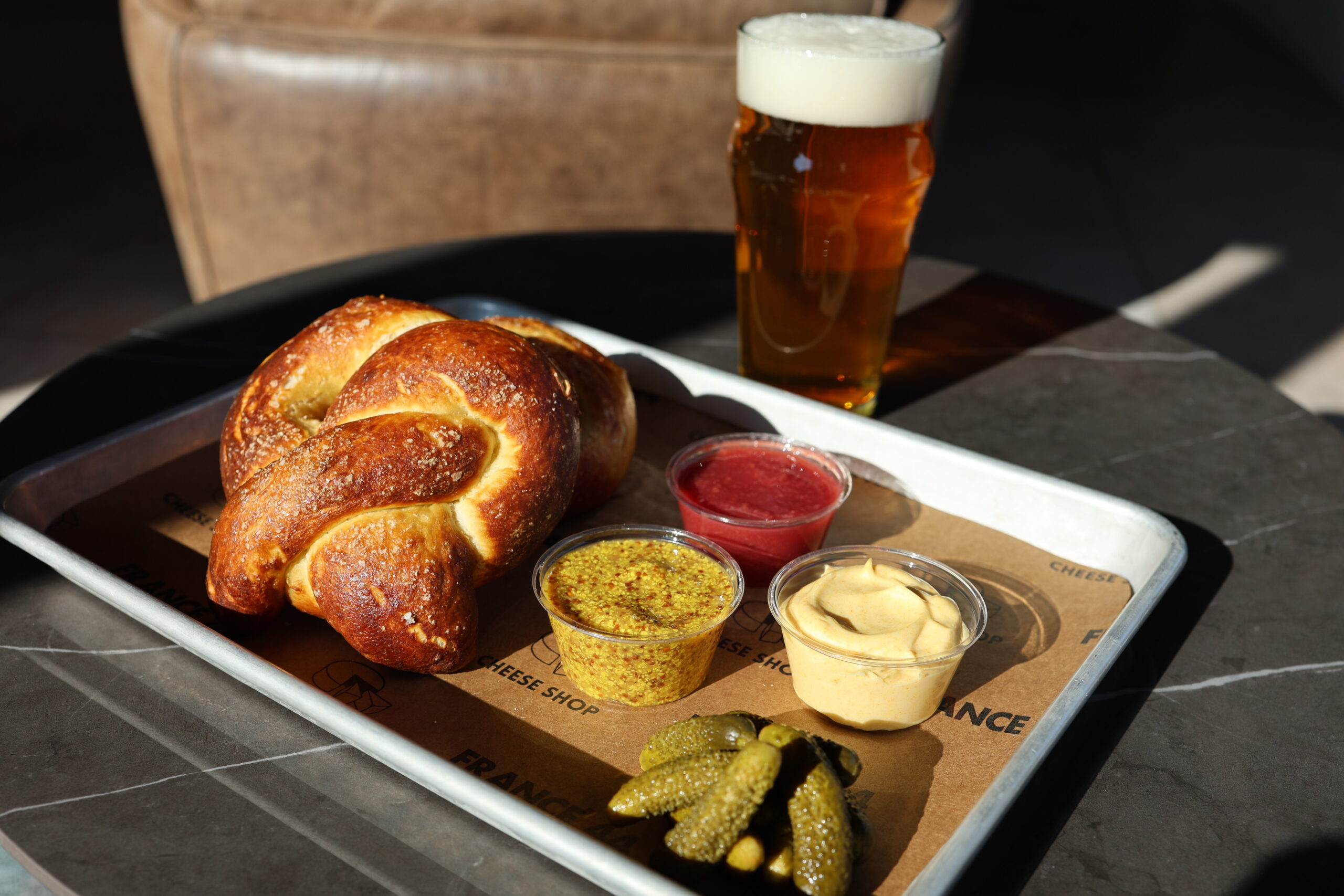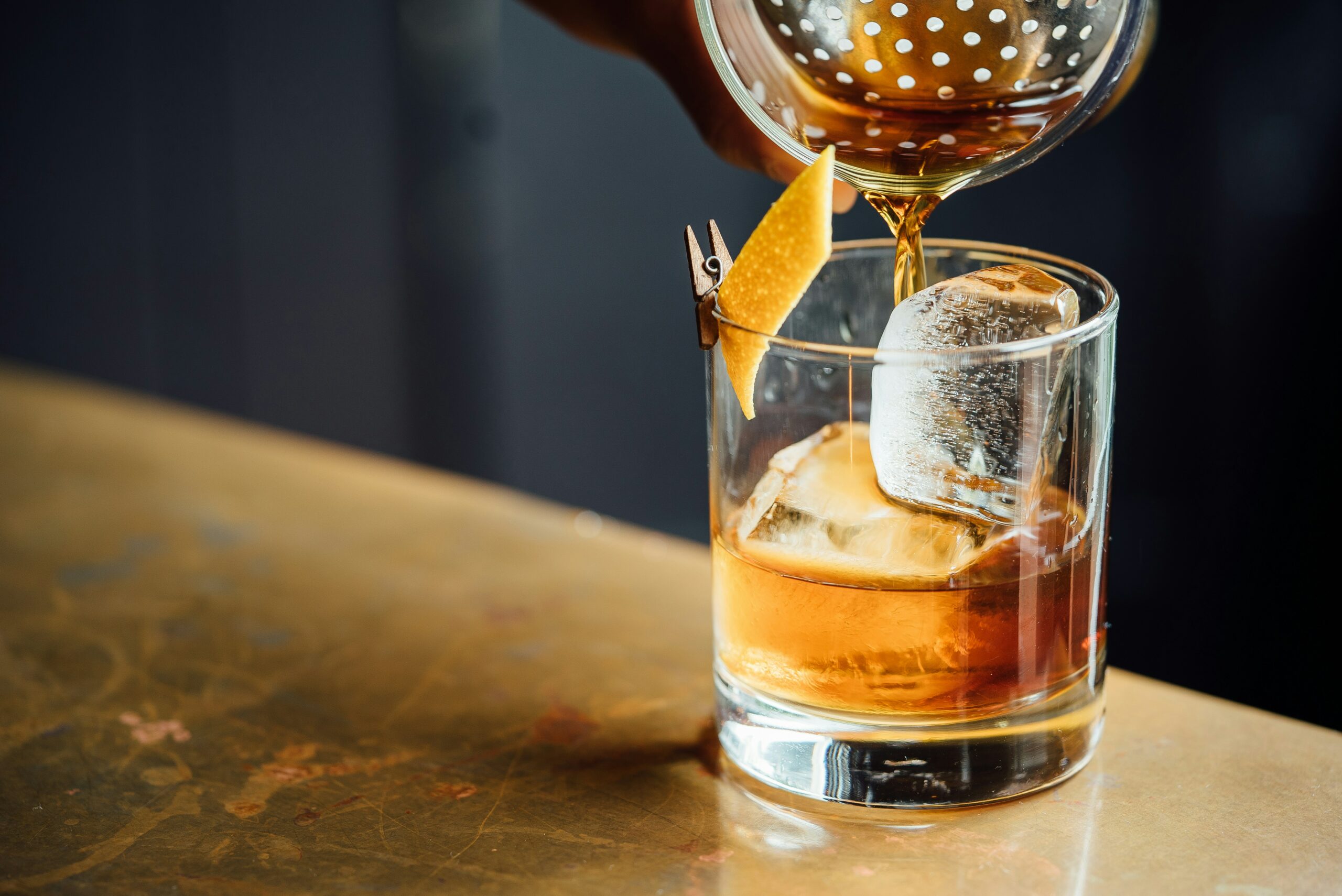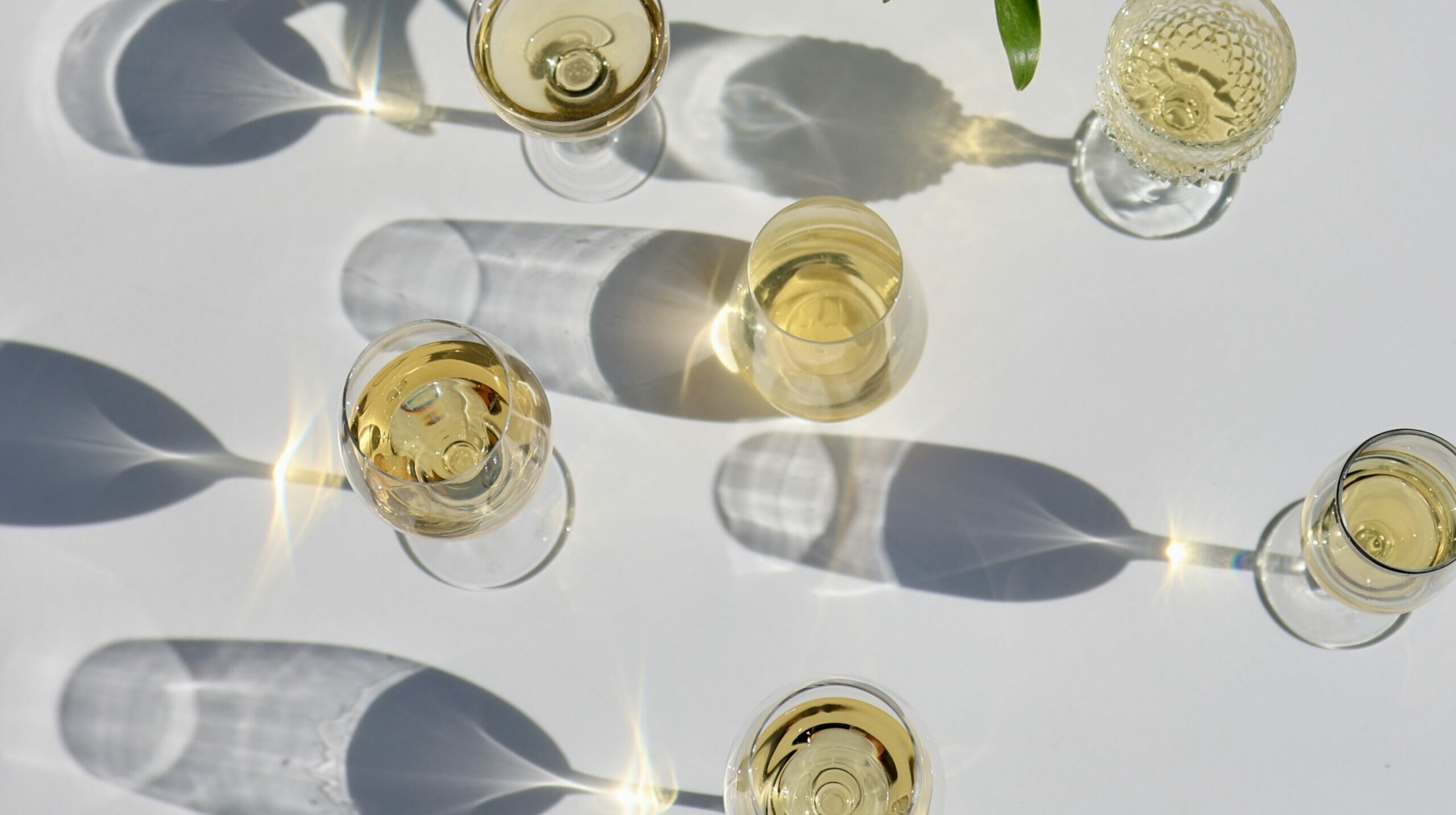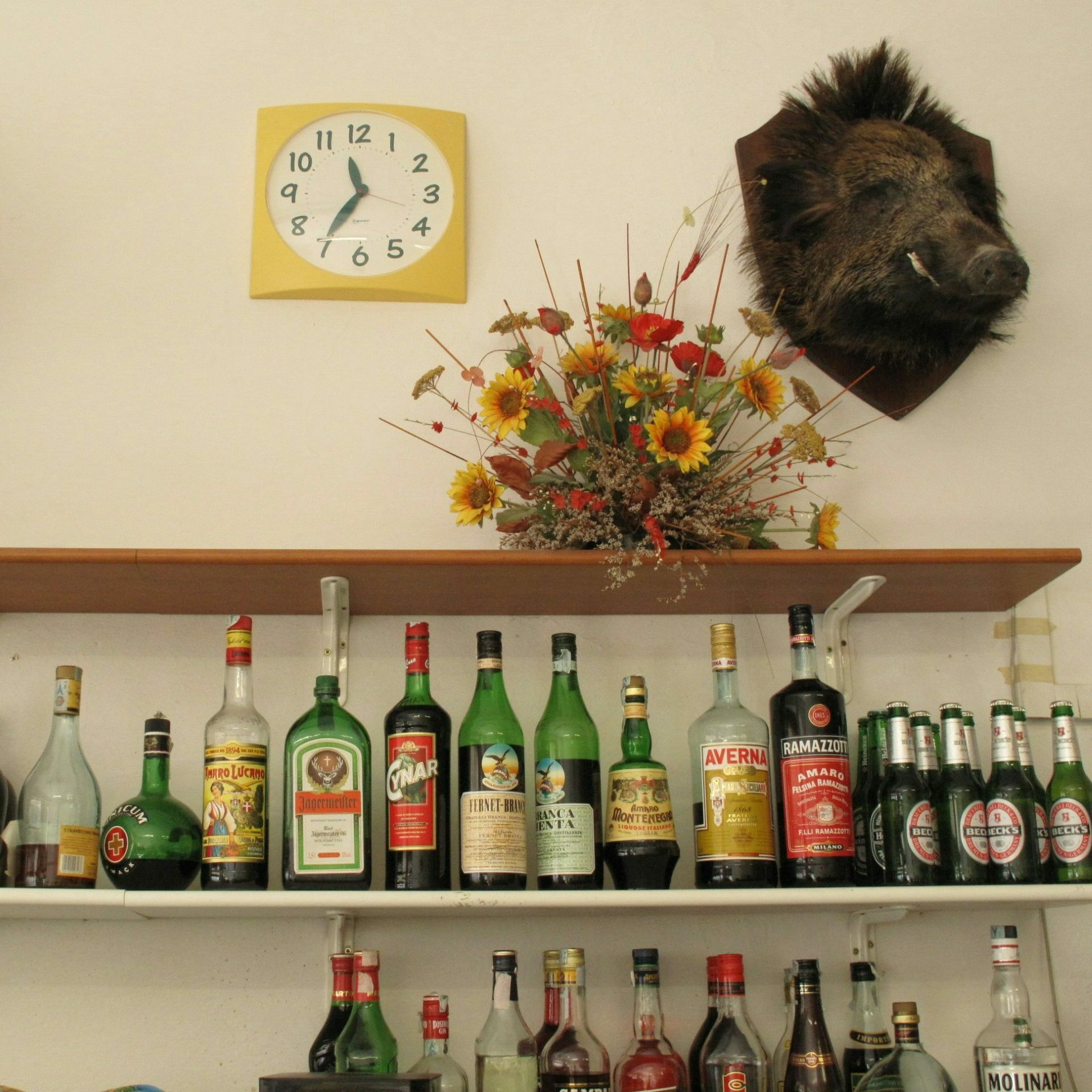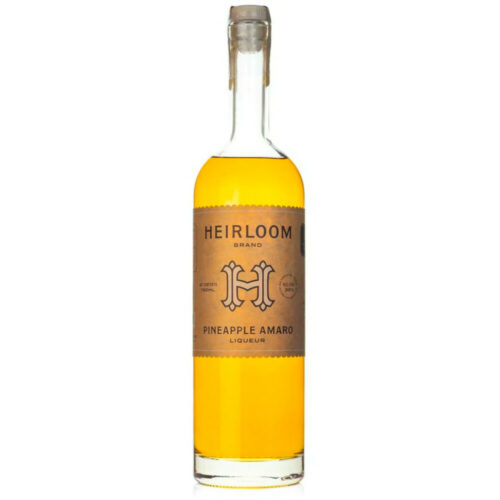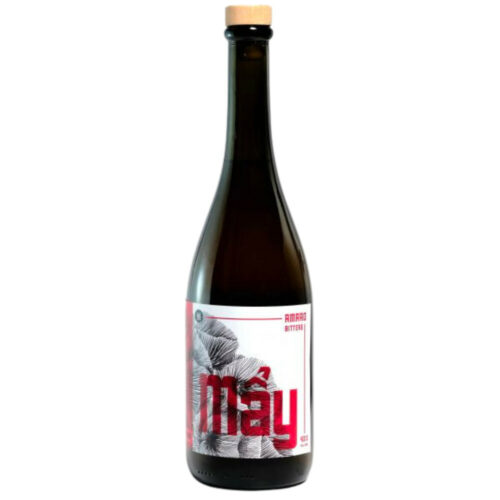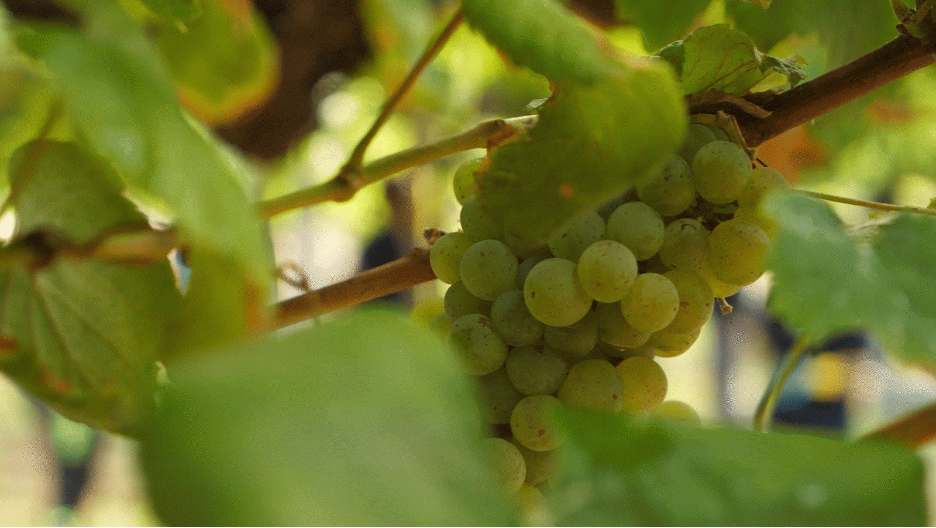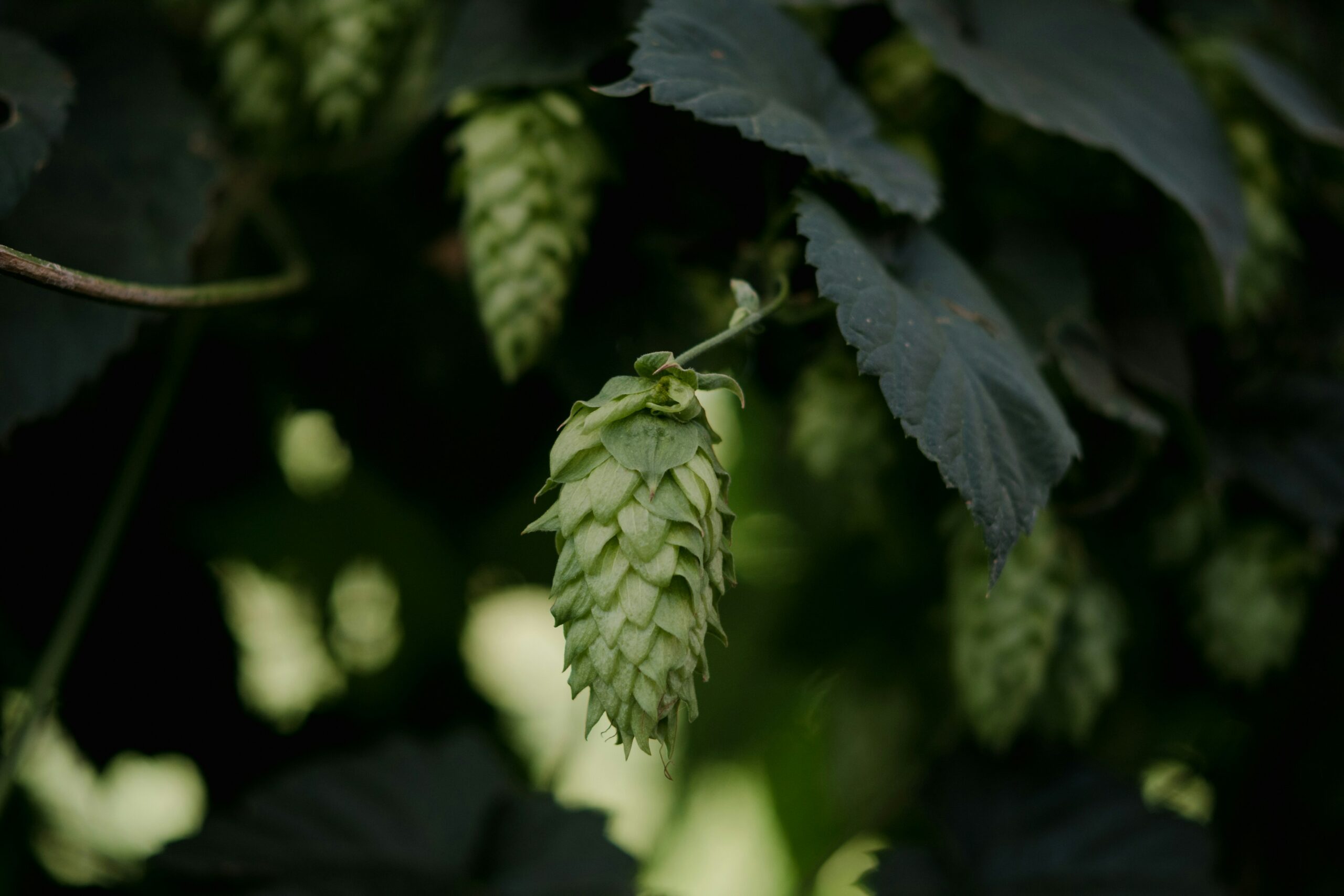
Bennett Porter
Bennett (he/him) is is our Spirits Buyer, is a Certified Cicerone® and holds his WSET Level 3 Certification in Wines. You’ll often see him lurking about the German pilsner and kölsch sections. He also enjoys Steel Toe, Odell, and La Croix and chocolate milk on occasion. If he wasn’t at France 44, he’d be trying to make it work as a full-time snowboard bum. He and his wife share a great Anatolian Shepherd named Bear.
With the anticipation building for our Pop-Up Whiskey Bar this Saturday 10/26 from 5-8pm, we’re celebrating the unofficial return of whiskey season.
The distinct scent of fall is in the air; a bouquet of decaying foliage, manure and fertilizer from rural farms, tinges of smoke from neighborhood bonfires, and the earthy smell of gravel and concrete from construction (hopefully) wrapping up outside our doors. It’s the time of year that I most associate with whiskey; a spirit whose oaky, fruity, baking spice-like flavors assuage the soul as daylight hours dwindle and temperatures drop. If summer is the main course, fall is the after-dinner dram.
Enjoying a pour of a fine whiskey, sipped at leisure, offers a moment of reflection and a reminder that it’s okay to slow down in a world that only seems to move faster. The intricate balance of flavors reveal more nuance as the whiskey takes in the air, and as the ice slowly adds dilution, if you prefer a cube or two. Comparing drams from around the world reveals a broad spectrum of flavors and experiences that keeps us, and other whiskey enthusiasts, coming back for more. We love to share our delight for this spirit, and cordially invite you to join us in celebrating it this weekend.
If you’re curious about what gets us most excited in the whiskey world, it’s our single barrels! These special programs allow us to hand-pick a single barrel—often bourbon or rye—that’s bottled exclusively for our store. It’s a right of passage for any whiskey lover, and we take pride in selecting barrels that we truly believe are exceptional. Right now, we have three unique store picks available, with two more arriving this November. Stay tuned—you won’t want to miss them!

Elijah Craig F44 Private Barrel “Lucky 13” Bourbon - $79.99
Yes, this pick is our Lucky 13th private barrel of Elijah Craig. Aged for 8 years, it offers rich caramel and vanilla on the nose, with subtle notes of apple and cherries on the periphery. The palate is bold and oily, with cedarwood that evolves into sweet toffee and balancing spice. This barrel is nearly gone!

Elijah Craig F44 Private Barrel #14 Bourbon - $89.99
If 13 wasn’t enough, this is the whopping 14th private barrel we’ve picked from Elijah Craig. Very different but just as delicious as its predecessor, this 9 year aged bourbon bursts with bright sweet cinnamon spice, caramel poached pears, and finishes with powerful clove and oak.

Stellum F44 Single Barrel Perseus K9 Bourbon - $54.99
This cask strength straight bourbon offers aromas of cookie, banana, vanilla, caramel roll, fig and hints of coconut. On the palate it hints at blondies cookies, vanilla, and a banana and cherry-like fruitiness that gives way to oaky warmth and hints of cinnamon and allspice.
